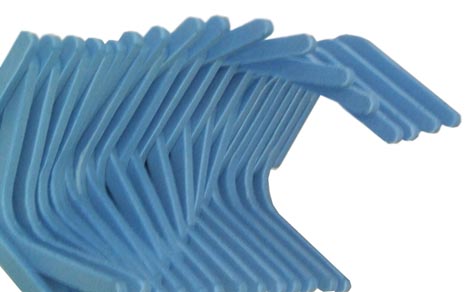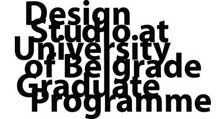Far from Home…It is not uncommon for architects to work far from home, whereby the ability to develop quick understanding of the alien environment will determine the rate of project’s success. This year Studio will look into the context of Rijeka, a coastal town belonging to the neighboring state of Croatia. We will be working at the peripheral site with the pronounced topography and intimate relationship with the surrounding nature. Presence of the large green zone and unspoiled views of the Adriatic Seа are two main assets to be considered in preparation of the design strategies. In addition, this site has unresolved relation to urban infrastructure and the ambition to develop its own identity. In reference only, current development strategy of the city envisages ‘transformation of the area into the mixed use zone with predominantly housing character’ with approximately 250 new residential units on site. Studio remains committed to generative design principles and will continue relentless investigation into the materiality and form. This year we will make one step further in developing the idea of architectural impermanence and versatile spatial organizations. Notions of the ‘sustainable’ and the ‘ecologic’ in design will be expanded form purely environmental considerations into the very organizational logic of space. Eclectic in their nature, our working methods are both analogue and digital; and will equip students with hands on knowledge and techniques of contemporary architectural practice.
Graduate Programme, Module: Design Studio M5 2009/10, 18 ECTS
Djordje Stojanović, Milutin Cerović.
Daleko od Kuće…Neretko se događa da arhitekti rade na projektima u nepoznatom okruženju, gde njihova sposobnost da razviju brzo razumevanje date sredine ima presudan uticaj na ishod projekta. Ove godine Studio će se baviti kontekstom primorskog grada Rijeke, u susednoj državi Hrvatskoj. Odabrana lokacija je na periferiji grada, ima vrlo izraženu topografiju i nalazi se u neposrednom kontaktu sa priordnim okruženjem. Prisustvo značajne zelene površine i mogućnost neometanog pogleda na morski horizont su dve posebnosti lokacije na kojima je moguće sagraditi strategiju projekta. Takođe, u obzir treba uzeti da lokacija ima kompleksnu poziciju u postojećoj gradskoj infrastrukturi i ambiciju da uspostavi sopstveni identitet. Prema postojećem Generalnom Urbanističkom Planu predviđena je transformacija ove oblasti u višenamensku zonu sa dominantnim rezidencijalnim karakterom. Planirana je izgradnja oko 250 stambenih jedinica na samoj lokaciji. Studio ostaje privržen razvijanju generativne logike dizajna i nastavlja sa neograničenim istraživanjem fenomena materijalnosti i forme. Ove godine, napravićemo korak dalje u razumevanju arhitekture kroz ideju o adaptibilnoj prostornoj organizaciji, i to uvođenjem koncepta ‘održivosti’ ali ne isključivo u ekološkom smislu već u svom dubljem organizacionom značenju. Metod rada u Studiju je eklektički u svoj prirodi, podjednako se oslanja na digitalne i analogne operacije sa idejom da opremi studente sa konkretnim znanjem i tehnikama za rad u savremenoj arhitektonskoj praksi.
Image credit: Uroš Maksimović 0809M5
Reading List
*Arata Isozaki 1972, Erasing Architecture into the System – Re:CP edited by Hans Ulrich Olbrist, 2003 Birkhauser, pg 25-46
*Christopher Alexander 1964, Goodness of Fit – Notes on the Synthesis of Form , 1964 Harvard University Press, pg 15-28
*Greg Lynn, Calculus in Architecture http://www.ted.com/index.php/talks/greg_lynn_on_organic_design.html
*Manuel Gausa, Dynamic Time, Informal order, Interdisciplinary trajectories – Time-based architecture, 010 Publishers, 2005, pg 68-76
*Jeffrey Kipinis 1993, Towards A New Architecture – AD: Folding and Pliancy, Academy Editions, London




